By now, life sciences organizations should have teams dedicated to the responsible use of artificial intelligence (AI). To be responsible means using the technology properly; that is, good governance, access controls, and vigilant monitoring of model outputs and enhancements.
But what about ethically? This is where end results come into play; the heart of AI’s impact. Ethical AI considers the profound consequences of data-driven decisions, ensuring outcomes respect and uplift the people they affect, fostering trust and humanity in every application.
If Responsible AI means using it with intention, then Ethical AI means using it with integrity.
It’s a question many firms continue to grapple with, and for good reason: Ethical AI comes with its own set of challenges and risk avoidance.
- Bias and Fairness: AI systems often reflect biases in their training data, leading to unfair outputs.
- Privacy and Surveillance: AI’s ability to process vast amounts of personal data raises concerns about privacy violations, especially when transparent consent is missing.
- Job Displacement: It remains difficult to equitably manage job transitions, and balance innovation with empathy.
- Autonomous Decision-Making: Agentic AI in critical systems may raise concerns about safety and responsibility.
- Global Governance and Regulation: The lack of unified global standards for AI development leads to a patchwork of regulations. Some regions prioritize innovation over moral oversight, creating a "race to the bottom" in ethical standards.
These issues are interconnected, often requiring trade-offs between innovation, safety, and equity. Gartner’s latest report, Ethics in Healthcare and Life Sciences: Part 1 – Mitigating Risk, comes at an opportune time in the industry’s AI maturity. In this report, you’ll see:
Key Findings:
- Most healthcare and life science (HCLS) organizations have high-level AI governance frameworks that include aspirations for ethical behavior. But many still struggle with applying these principles to guide and govern daily actions. This includes articulating the details around how to trust that decisions made around the use and deployment of AI are ethical and responsible, mitigate the risk of harm, and are equitable and without bias.
- Ethical AI behaviors are not broadly agreed on. Engaging a broad and diverse group of stakeholders in AI processes and policy discussion identifies concerns or positions critical to a holistic view of responsible AI.
- Executing an ethics framework involves investing in people (such as data ethicists and engineers), processes like machine learning operations (MLOps), and emerging technologies that help to monitor for risk, control for bias and drift, and augment privacy, security and consent management.
- The HCLS regulatory environment is challenging, regionally specific, political and changing. AI in HCLS is highly vulnerable to conflicting regulation and deregulation, which impacts the efficacy of how Al is used.
Recommendations:
- Safely and responsibly steward AI in the organization by establishing a holistic AI governance program that includes ethical, legal and regulatory oversight.
- Protect against unintended consequences by establishing guardrails, and investing in tools and organizational processes that monitor and control for data privacy and security; transparency, explainability and bias mitigation; and accountability and responsibility.
- Ensure your organization keeps pace with changes in regulatory bodies, directives and frameworks by continuously monitoring your regulatory environment.
During Axtria’s recent Ignite 2025 conference, several pharma executives spoke about the issues of good governance and the moral responsibility of AI use. And they warned that with the continuing explosion of data, the issue will only be harder to solve the longer firms wait; “I wish I had started five years earlier” was a sentiment shared by many. Gartner’s report is a must-read as life sciences companies forge ahead into the bold, new world of Agentic AI.
Gartner, Research: AI Ethics in Healthcare and Life Sciences: Part 1 — Mitigating Risk, By Laura Craft, 05 May 2025.
GARTNER is a registered trademark and service mark of Gartner, Inc. and/or its affiliates in the U.S. and internationally and is used herein with permission. All rights reserved.

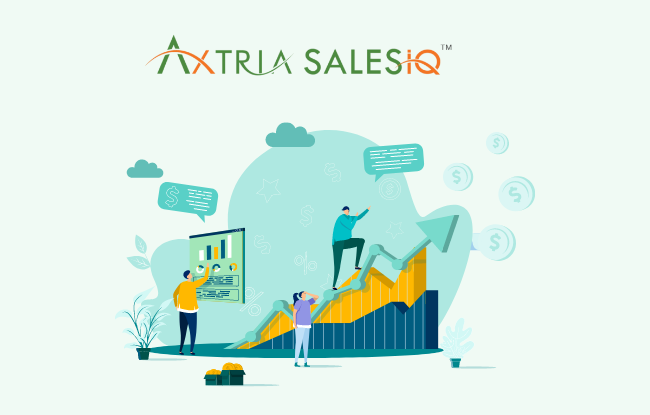
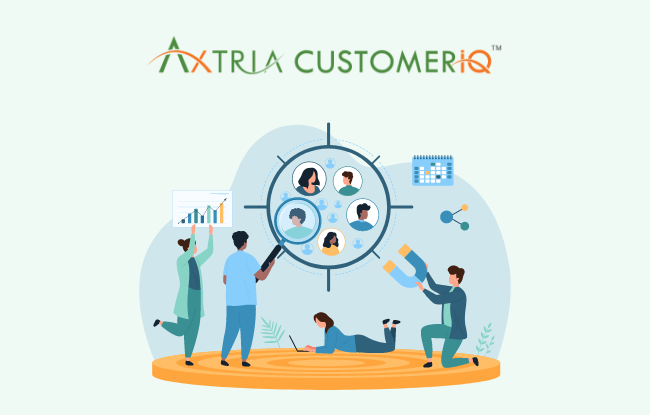
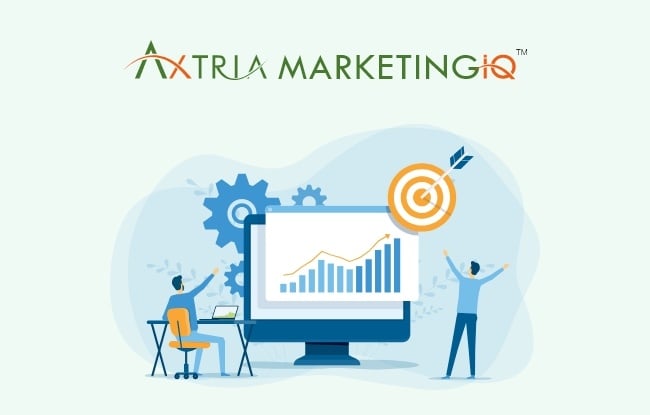









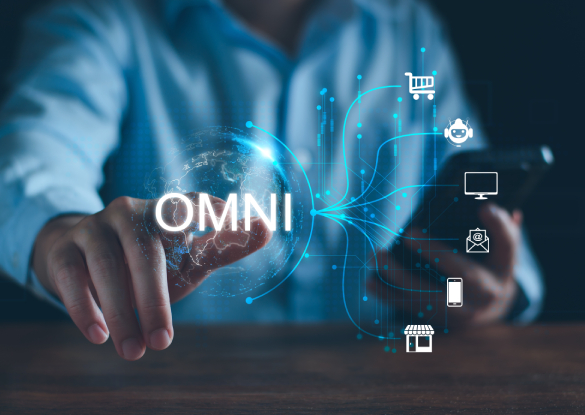





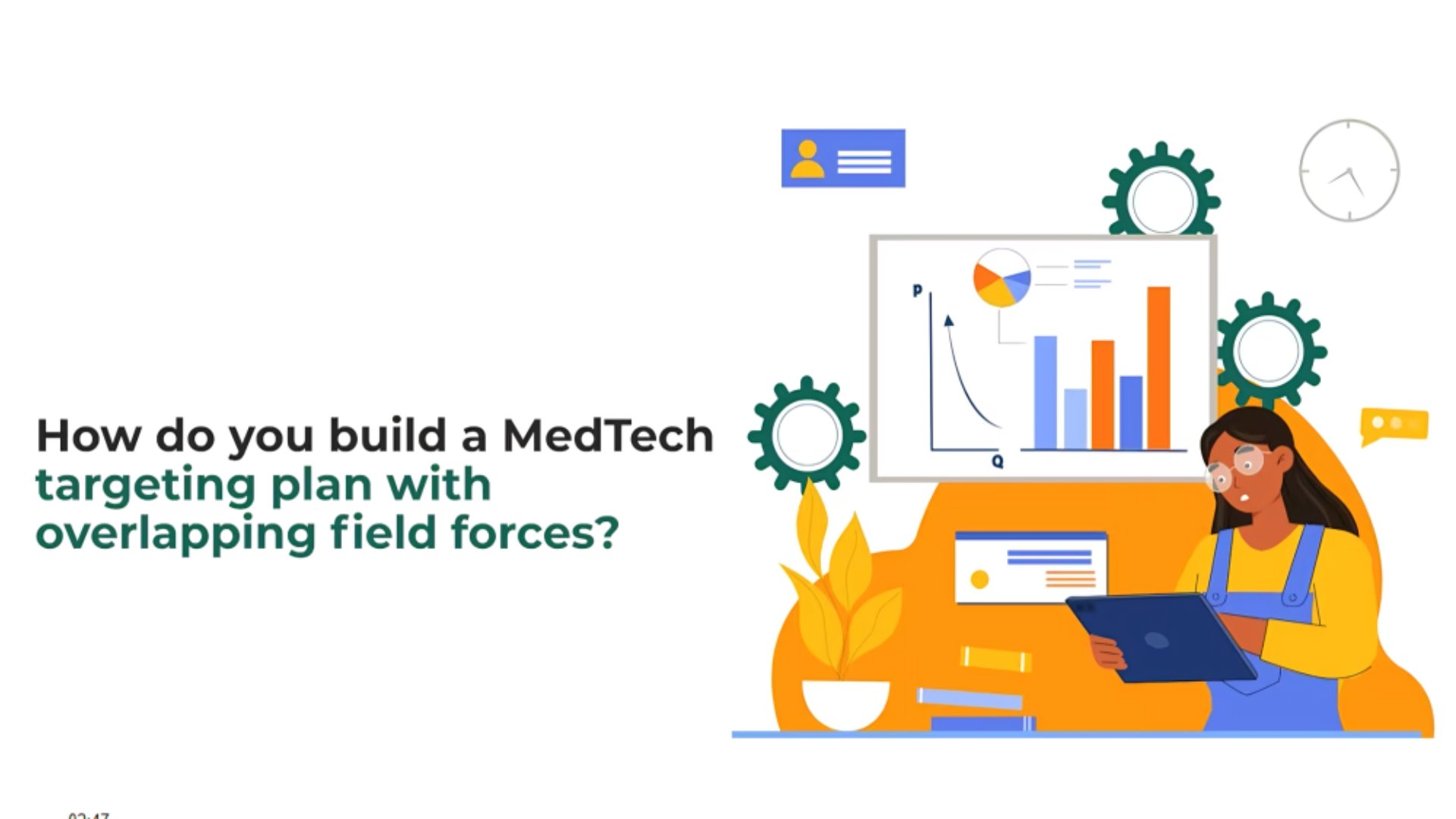



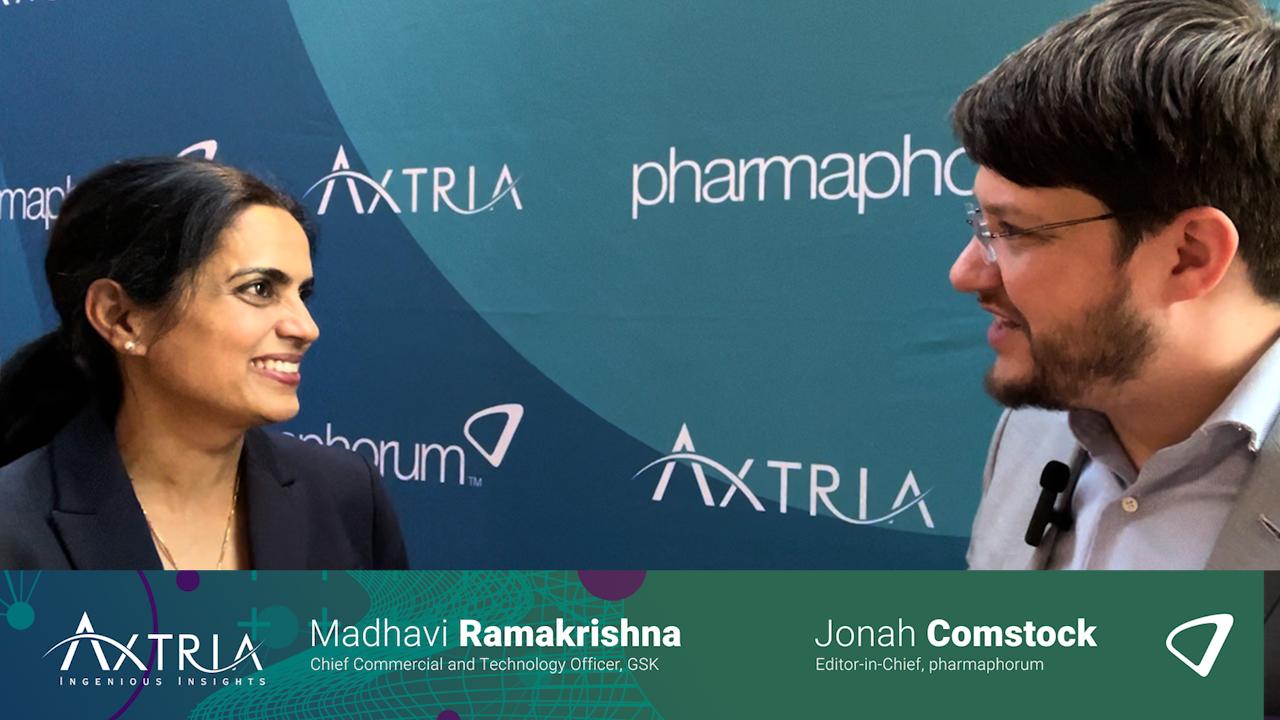


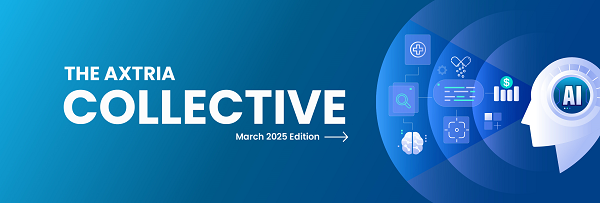


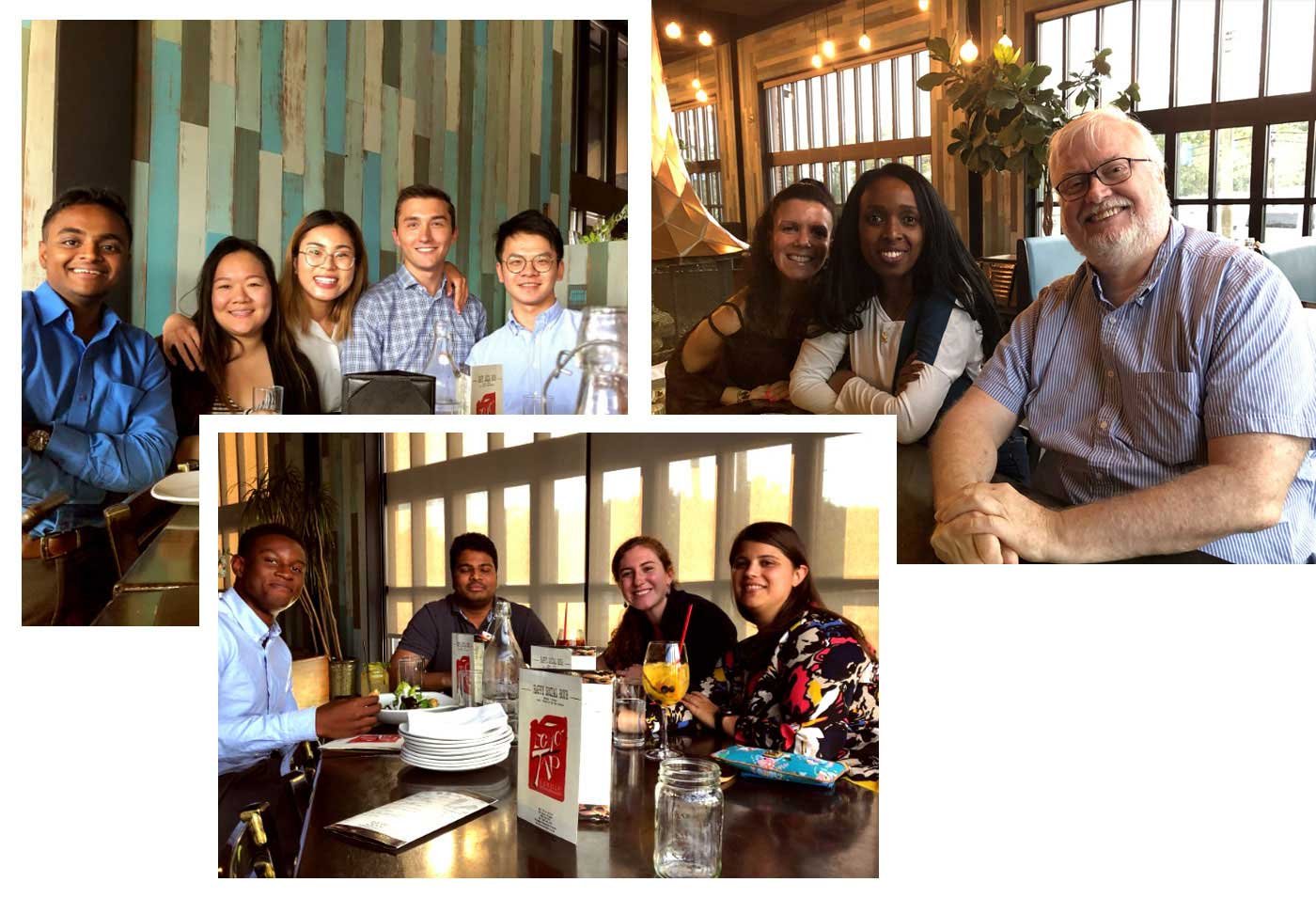







.jpg)